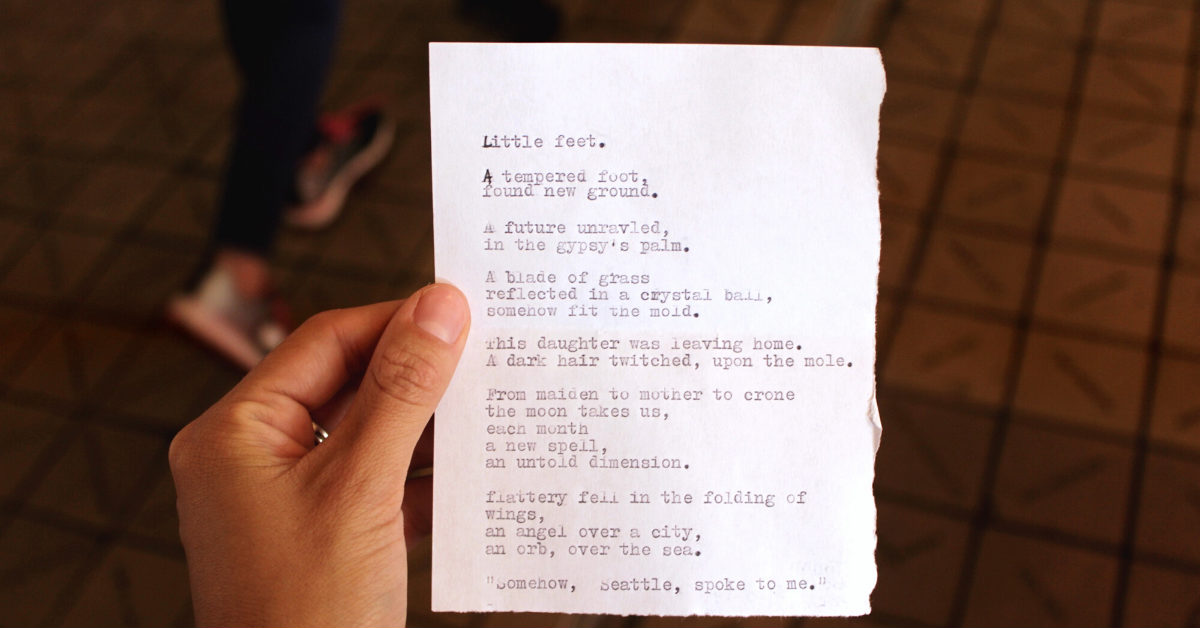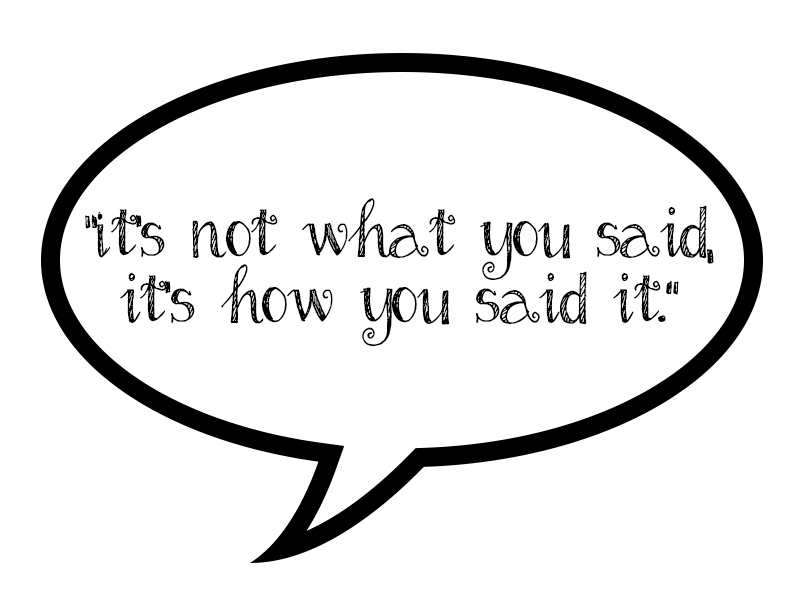20 Mar

As writers, we all know that what we write and how we write it depends on who our audience is. Whether you’re writing for your blog, a website, a novel, or a news article, it’s essential to learn the different types of writing tones. Connecting with your readers becomes easier when you use the right tones in your write-ups.
Every piece of content that you write has the potential of reaching more people. For businesses, a well-rounded content strategy helps boost engagement and increase revenues. For authors and bloggers, resonating with your readers is essential in building a wide readership. Whatever your purposes are, finding the right tone helps you get the message across more efficiently.
What is Tone in Writing?

In writing, the tone is how a writer uses particular words to convey a message or an idea. It is the writer’s attitude towards their audience. A good example would be a scene from the TV series, Friends, where the main character, Chandler Bing says:
“I’m glad we’re having a rehearsal dinner. I rarely practice my meals before I eat.”
The line illustrates the character’s sarcasm with his carefully chosen words and how he said it. Basically, the same tone in writing that we, as writers, need to learn to grow further. Here are the seven types of writing tones that we need to incorporate in our skills for the new year:
Formal
A formal writing tone establishes respect for the audience. It is composed of longer sentences because you need to include details and proven facts. It steers clear away from voicing the opinions of the writer. When writing formal letters, avoid using contractions (it is rather than it’s) and the first or second-person points of view.
We use the formal tone when writing business emails, academic papers, letters of recommendation, project proposals, and many others. An example is when you’re writing a company announcement:
“The board has reached the decision to disallow smoking within the company premises.”
Informal
This tone is quite like a conversation wherein you use colloquial words, slang, or figures of speech. Writers use the first and third-person views (I and we) and may address the readers in the second person (you and your). Short sentences aren’t only encouraged; most of the times, it is what’s called for.
While it is conversational, informal writing is also used to present facts. Personal emails, blog articles, social media posts, or promotional content are some examples of informal writing. Here’s an example:
“We’ve decided to buy balloons and streamers for the decorations.”
Humorous
For the new year, adding humor to your content can attract your audience’s attention. Not only does it lighten the mood, but it also gives a feeling of comfort and ease. This is especially good when the subject is complicated or needs further explanation.
Although this writing tone can get your audience to read until the end, there is a downside to it. It’s not advisable to be humorous in all your content unless you’re writing comedy. This writing tone is suitable for social media posts or blog articles.
Optimistic

Studies show that optimism greatly helps in many aspects of conducting business. An optimistic tone sets a mood of positivity that radiates an air of authority and trust. This tone is found in novels, screenplays, social media and blog posts, among others. As the great J. R. R. Tolkien wrote:
“There is some good in this world, and it’s worth fighting for.”
Joyful
This type of writing tone does what the name implies—be joyful. It focuses on positive emotions much like an optimistic tone. This is great in writing articles that aim to build strong connections with your readers. For novels, testimonials, blog articles, and other marketing content, adding a joyful tone to your writing helps increase the energy and good vibes.
“Her face was glowing with happiness, and her heart was filled with affection.”
One drawback for this tone of writing is that it isn’t versatile. For businesses, there are limited areas of content that you can use it for.
Sincere
Sincerity, confidence, and courtesy are characteristics that many consumers look for in a business. When writing content for your brand, it’s crucial to show openness to customers who don’t know you yet. The use of numbers is preferred but not a strict rule, as an example:
“We have helped 123 customers reach over 10,000 new clients through content marketing.”
or
“The machine may automatically shut down if an installation error occurs.”
It shows trustworthiness by highlighting previous success without sounding boastful. Also, you’re showing your sincerity by stating the fact that errors do occur. And with a reassuring voice and the right word choices, you’re projecting an image of dependability.
Sad
Another type of writing tone that every writer needs to learn is the sad tone. Although it’s unlikely that you’ll use it on your business emails or marketing strategies, it’s still an essential part of good writing. To write in a joyful or optimistic tone, you need to understand how to write in the opposite.
If you want to elicit sympathy from your readers, writing in a sad tone is one of the best ways to go about it. It can also evoke empathy that will have them engaged until the very end of your piece. Robert Frost said it well in his poem, The Road Not Taken:
“I shall be telling this with a sigh
Somewhere ages and ages hence:
Two roads diverged in a wood, and I—
I took the one less traveled by,
And that has made all the difference.”
Final Thoughts
Learning about the types of writing tones is worth every writer’s time and attention. How you present your words can create a tone that can catch the readers’ interest. It impacts your content in such a way that it will work toward achieving your goals. So if you want to increase sales or gather more readers, writing in the tone that the situation calls for is necessary.










